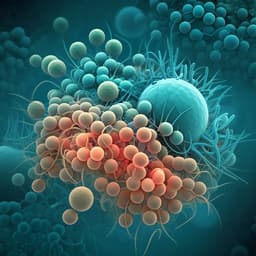
Engineering and Technology
Controlled growth of a single carbon nanotube on an AFM probe
B. Cheng, S. Yang, et al.
This innovative study by Biyao Cheng, Shuming Yang, and colleagues demonstrates a breakthrough method for fabricating carbon nanotube probes with a yield rate exceeding 93%. These probes simplify the scanning of complex nanostructures, revolutionizing applications in nanotechnology.
~3 min • Beginner • English
Related Publications
Explore these studies to deepen your understanding of the subject.







